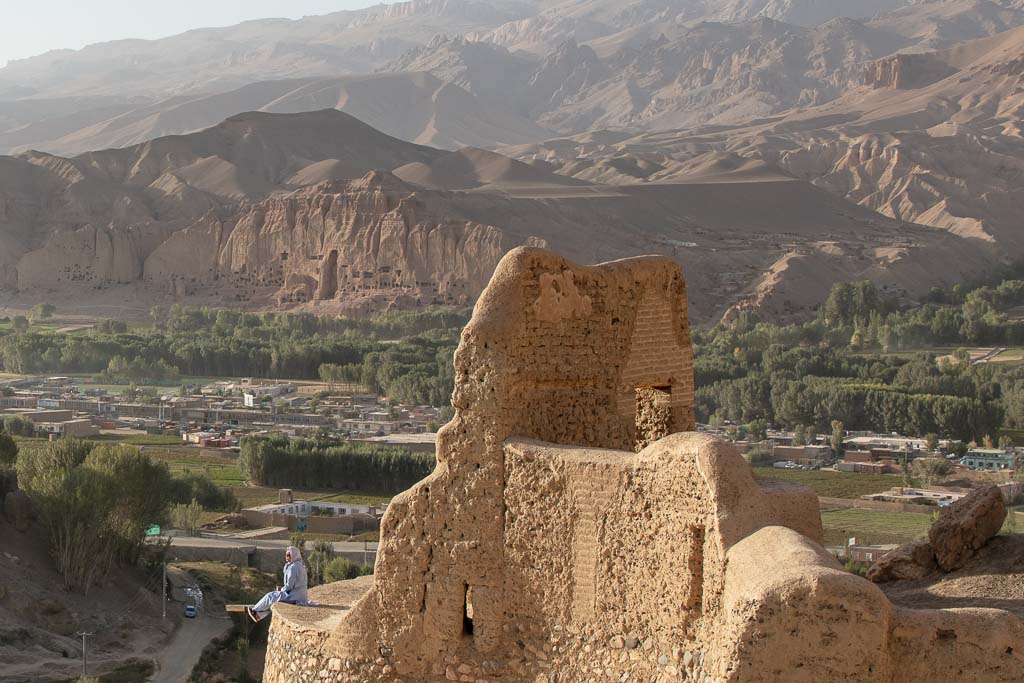
Bamyan Travel Guide
Updated January 2024, The Bamyan Travel Guide was originally written in February 2019
We weren’t supposed to get here (safely, anyway) according to my research prior to our arrival in Kabul. Thanks to a terroristic act on the Intercontinental Hotel in Kabul carried out by the Taliban, 9 of the 22 victims were pilot or crew members of Kam Air, Afghanistan’s main airline.
Subsequently, 50 additional foreign Kam Air employees departed the country (understandably so), forcing the airline to cancel many flights and completely ax the Bamyan route.
Driving long distances isn’t regarded as safe, so we had already turned our focus to Kandahar.
Shortly after our arrival into Kabul, Noor was briefing us on our itinerary and the do’s and don’ts of Afghanistan. As we sat in anticipation waiting to hear about Kandahar (the Afghan city I knew the least about) Noor shifted on from the Kabul plans— he told us we’d be driving to Bamyan the following morning.
But this journey didn’t come without risk. Stretches of the road through the Parwan Province passed areas too close for comfort for most to Taliban-controlled areas. Even though extremely conservative villages with some inhabitants known to snitch out foreigners to Taliban that could set up trouble ahead on the road.
Note that this opener was written way back in 2018 after my first visit to Bamyan. Things have changed since then and security is quite different in the summer of 2023. You will pass many Taliban checkpoints, but so long as you have all the proper documents and your passport, traveling to Bamyan should be no problem.
Start here: The Afghanistan Travel Guide
Need Travel Insurance and Evacuation Services for Afghanistan?
Start shopping for travel insurance plans over at IATI Insurance. Readers of the Adventures of Nicole get a 5% discount on your plan.
The Adventures of Nicole partners with Global Rescue to offer the world’s leading medical evacuation and security advisory services. To travel with peace of mind, shop evacuation coverage at Global Rescue.
- But We’re Two Women..
- Visit the Ministry of Culture & Get Your Permit
- Dara e Ajdahar: Why You Don’t F*** With Ali
- Band e Amir
- Sukhadar
- Buddha Niches
- Shahr e Zohak: The Red City
- Shahr e Gholghola: The City Of Screams
- The Crumbling Towers at Chehelburj
- Trekking in Bamyan
- Where To Stay In Bamyan
- How To Get To Bamyan
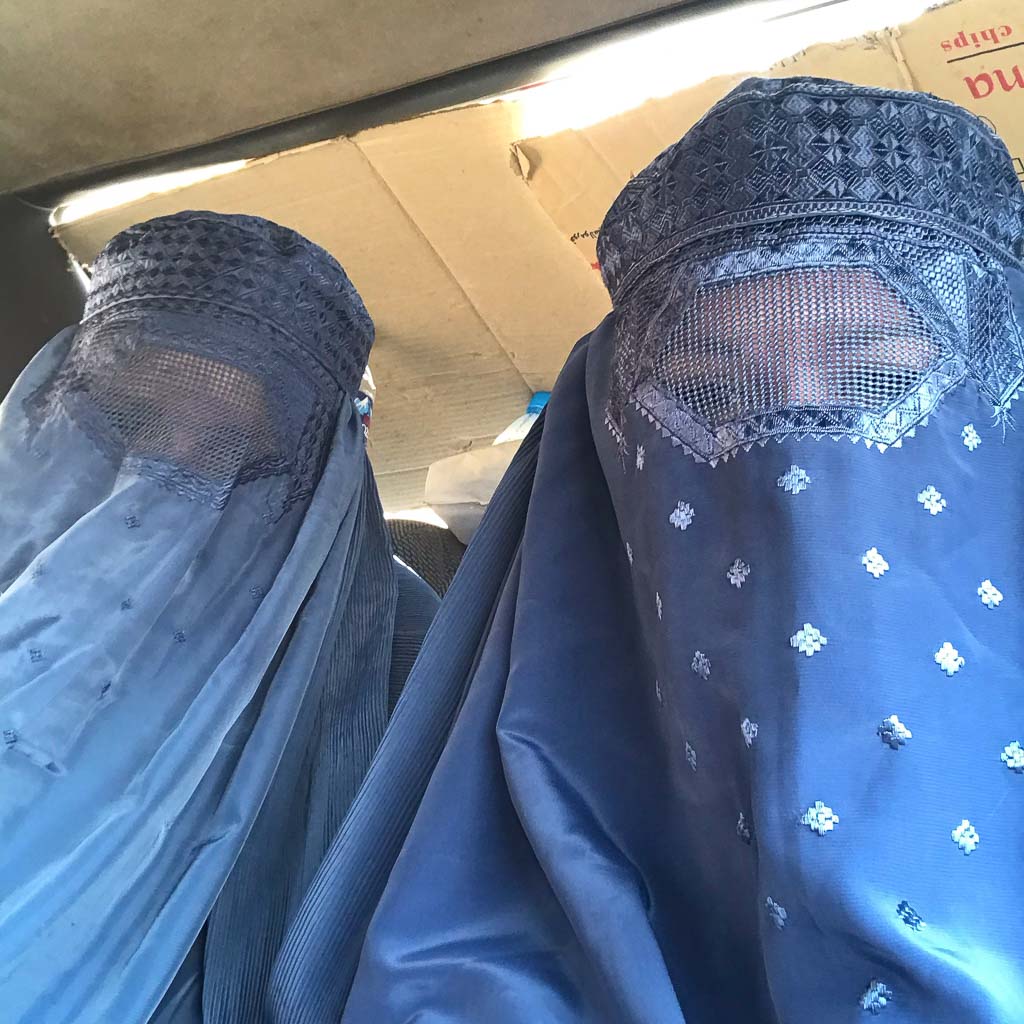
But We’re Two Women..
Noor went on to explain that we could pick up a couple of the famed blue Afghan burqas from a bazaar near Istalif on our way up the road.
One perk of being a foreign woman in Afghanistan? Without much effort, we can be disguised to look no different from local Afghan women.
Shortly after dawn broke the next morning we made way toward Bamyan, stopping into Istalif for our quick burqa shopping spree, and another break for security proceedings at the borders of Parwan and Bamyan Provinces where we swiftly had our vodka from Dubai confiscated before arriving to the Bamyan Bazaar.
Want to trek in Bamyan? Check out my post on trekking in Bamyan and start planning
Visit the Ministry of Culture & Get Your Permit
In order to visit sites around Bamyan you will need to obtain a permit from the Bamyan Ministry of Culture, which is located in a small building at the entrance to the Buddha Niches.
The permit to visit the province is 1000 AFS per person.
Additionally, you will need to purchase an entrance ticket here to visit sites around Bamyan Town such as the Buddha Niches, Shahr e Zohak, and Shahr e Gholghola. This ticket costs 300 AFS and is valid for three days.
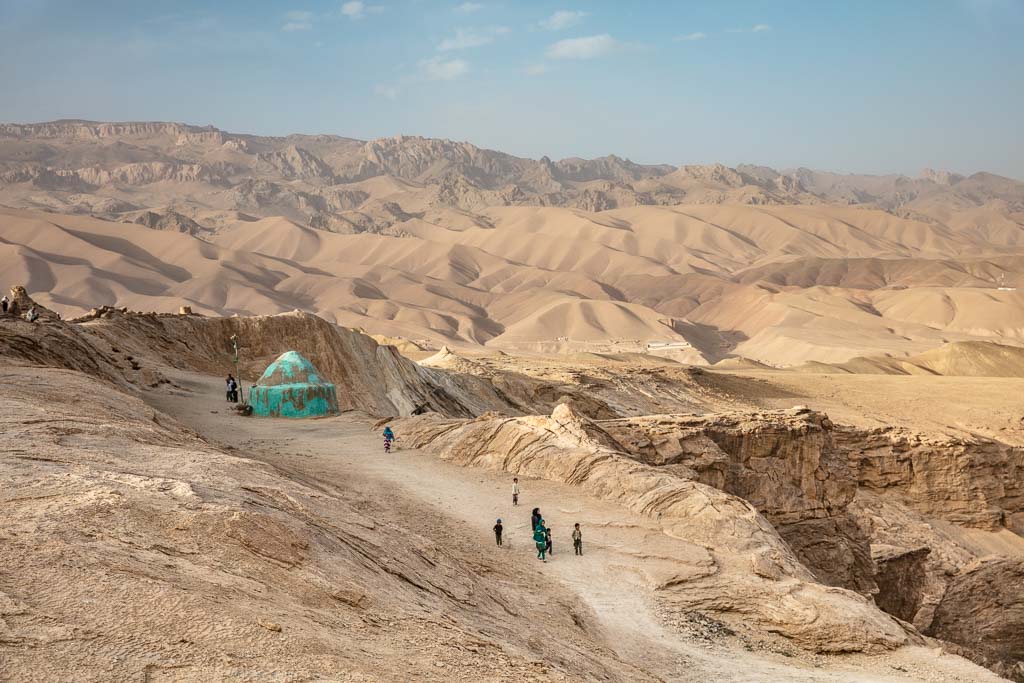
Dara e Ajdahar: Why You Don’t F*** With Ali
We arrived and had enough time to get in a quick lunch of a traditional Bamyan dish with soft bread soaked in warm yogurt and some mantoo before catching sunset at Dara e Ajdahar (Dragon Valley).
As we made the 7 km journey to the Dragon Valley we passed through Ajdahar Village, a village built by the UN for Hazara that had fled Bamyan under the siege by the Taliban that forced many to seek refuge in Pakistan and Iran. Many families have returned as the situation in Bamyan has improved.
In ancient pagan Bamyan times, a dragon terrorized the village, feasting on its residents and even camels. Dara e Ajdahar is the resting place of the beast that plagued the area. All attempts to slay the dragon failed, that is until Ali, the son-in-law of the Prophet Mohammed came to town.
Ali had just created the dams of Band e Amir to free a family enslaved by the local king with his trusty sword named Zulfiqar (and subsequently the name of the largest lake of Band e Amir). Ali, upon hearing of the Dragon’s devastation on the village, headed to Dara e Ajdahar and sliced the dragon in two.
The dragon is marked by a spine of volcanic rock rising from the desert floor with a gash running the length of the dragon’s body. Two 2-meter high horns rise from the resting place of the dragon’s head near two volcanic springs— one clear with dragon tears and the other run red with dragon blood. An unmissable blue shrine sits along the dragon’s body giving views down on the valley, particularly stunning at sunset.
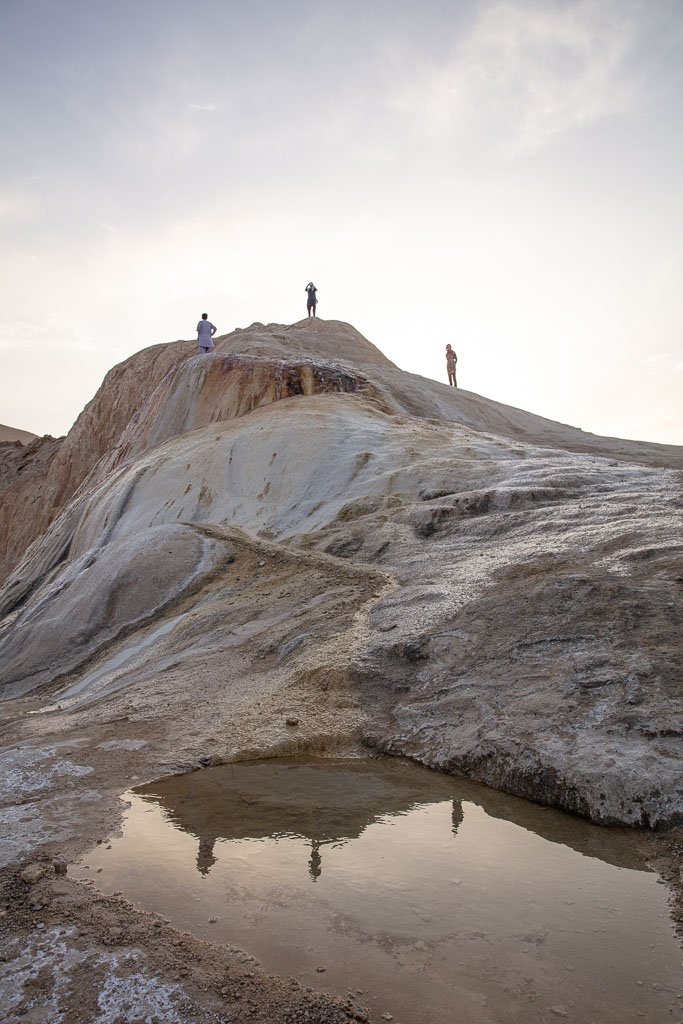
How To Get To Dara e Ajadahar
Dara e Ajdahar is located about 7 km west of Bamyan Bazaar. You can reach Dara e Ajdahar on foot if you so desire, otherwise you can hire a taxi from Bamyan Bazaar for about 500 AFS return, including waiting on you.
There is a shared taxi that departs the Bazaar as well for the village of Dara e Ajdahar for 30 AFS per seat, but departures are as the van fills up so timings can be a bit erratic.
Check out the quick guide to Dara e Ajdahar

Band e Amir
The next morning welcomed us with icy cold temperatures, chilled enough to see the breath escaping your lungs. We got an early start for a visit to one of Afghanistan’s most beautiful natural wonders— Band e Amir National Park.
Band e Amir is home to 6 lakes (although one has dried up, leaving 5) all of differing shades of blue set against the Koh e Baba foothills of the Hindu Kush.
As mentioned earlier Band e Amir was where Ali first went to set free an enslaved family. Using his sword Zulfiqar, some boulders, and even a bit of cheese he dammed off the Balkh River creating the 6 dazzling lakes and thus converting the area residents to Islam.
In reality, the lakes of Band e Amir were created by Travertine dams, a precipitate that has built up over time from the mineral-rich waters of the area.
Read more about the Lapis Lazuli Lakes of Band e Amir

How To Get To Band e Amir
Hiring a taxi from Bamyan Bazaar is likely the best way to visit Band e Amir and easily see the lakes in one day. Plan to pay about 1,500 AFS to hire a taxi for the day. For 250 AFS each way there is a shared taxi that departs Bamyan Bazaar bound for Band e Amir.
There is a gate once you arrive at Band e Amir where you will need to pay a 200 AFS national park entrance fee.

Sukhadar
I must have missed it with my sleepy eyes as we left Bamyan in the morning. On the way back to Bamyan from Band e Amir we passed the most amazing village with its homes set into a cliff face dotted with caves that housed some of the families.
How To Get To Sukhadar
Sukhadar is interesting for a quick stop on your way to or back from Band e Amir. You could choose to walk here too, but the village sits about 8 km west of Bamyan Bazaar.
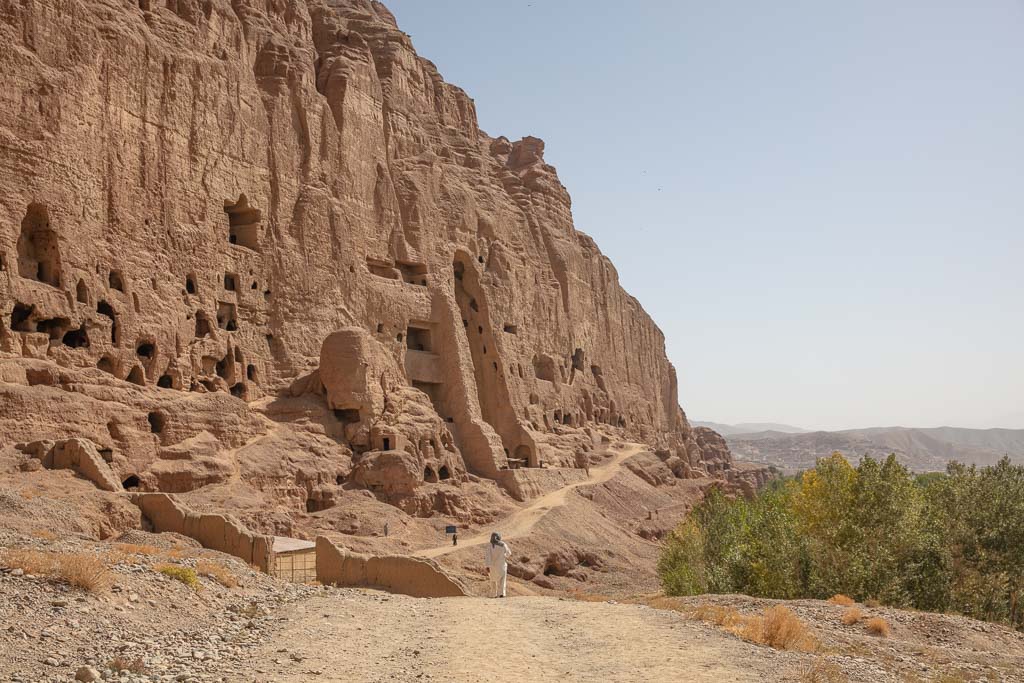
Buddha Niches
As the morning sun beamed down we followed the dusty track to Shamama, the smaller of the two famed Buddha Niches that loom in the cliffside that serves as a backdrop to the town of Bamyan.
It is estimated the Buddhas that once stood inside these niches sculpted right into the cliffside were carved between the 3rd and 6th centuries AD as Buddhism made its spread along the ancient Silk Road. Until the successful March 2001 destruction of the Buddhas by the Taliban under the orders of Mullah Omar there had been numerous attacks on the Buddhas to no avail.
At the base of the smaller of the two famous Buddhas, popularly called Shamama we entered a small cave opening. At first glance, the cliffside, much like many areas around Bamyan looked like a honeycomb of cave openings in the rock. An intricate series of grottos, niches, and stone-hewn steps bring you high up around and finally to a lookout where the head of Shamama once rested.
The most impressive caves with lantern style (similar to Pamiri style) ceilings are the ones that lead behind the Buddha Niche that sits perched high on the cliff face between Shamama and the larger Salsal Niche.
Near to the Niche of Salsal sits a covered area housing the remains of the dynamited Bamyan Buddhas, though many pieces were sold off by the Taliban to antique dealers and taken to Peshawar over in Pakistan.
At the time of our visit (September 2018), the Niche of Salsal was filled with scaffolding due to fears of the Niche collapsing and the cave entrances to the grottos around the Niche closed. This is also the case in May 2021.
Bamyan is full of honeycombed cliff faces with countless caves to explore.
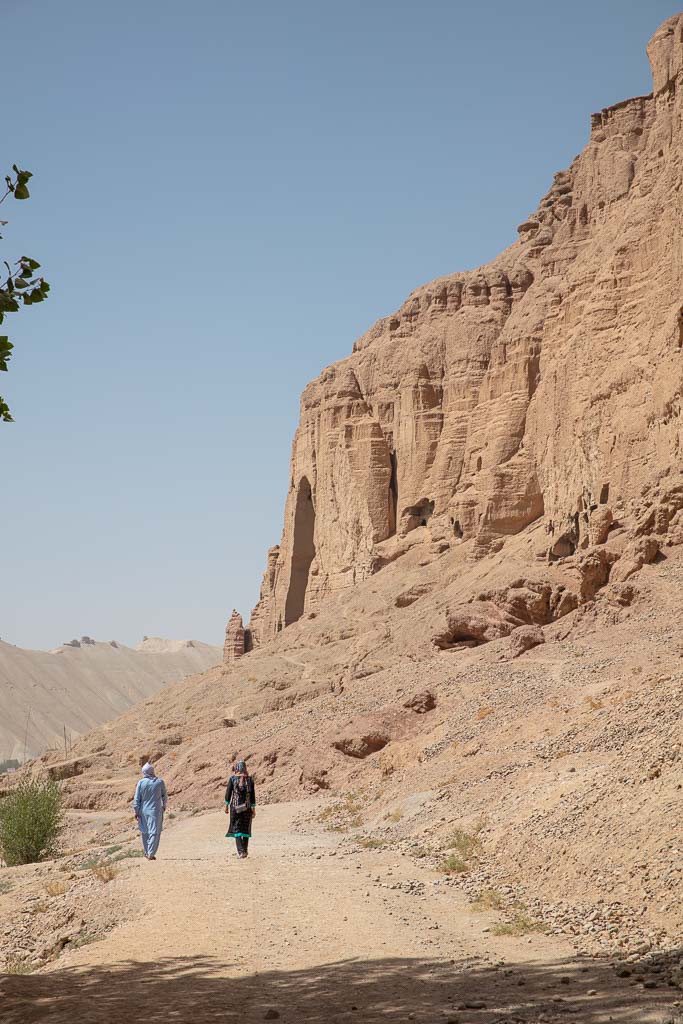
How To Get To The Buddha Niches
The niches are located about 1 km north of Bamyan Bazaar, thus making a visit easy enough to manage on foot, though taxis will gladly charge you a few AFS for the short drive. Once to the niches, you will need to pay your 300 AFS Bamyan Entrance Ticket, there is a small office at the Bamyan Director of Information & Culture. This ticket is also good for admissions to Shahr e Gholghola, Shahr e Zohak, and Chehel Situn Caves.
Nearby there is also a cafe run by local women to grab a chai and a snack at.
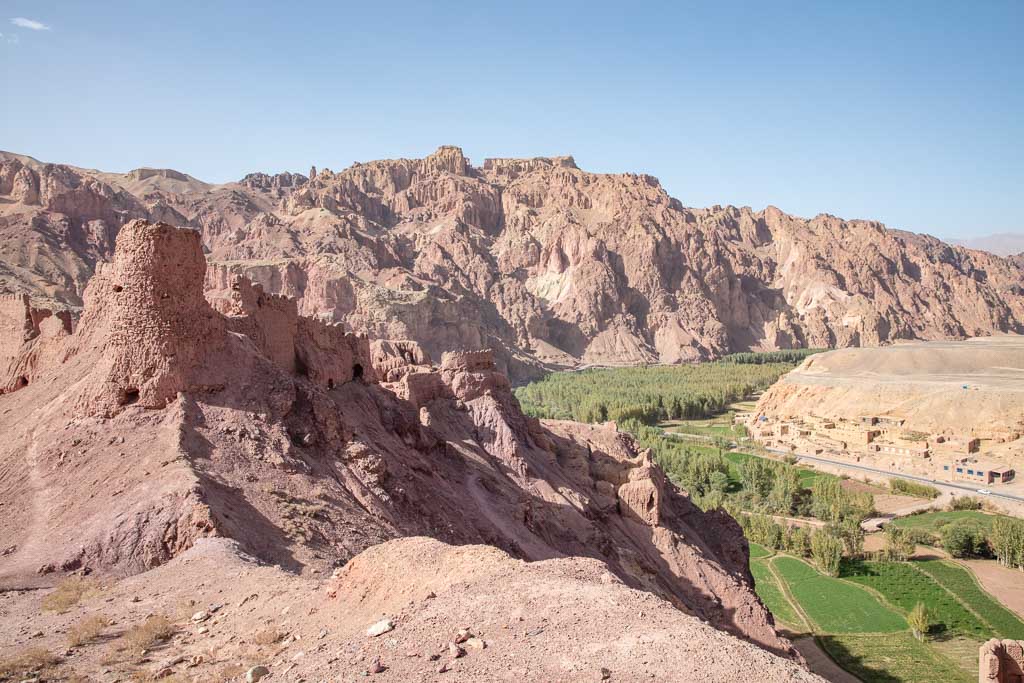
Shahr e Zohak: The Red City
We drove out of the Bamyan Bazaar just after lunch and began the hike up to Shahr e Zohak in the shade created by the massive red craggy mountainside. Shahr e Zohak is an ancient Ghorid (and eventually Khorezmian) city, perched above the convergence of the Kalu and Bamyan Rivers in the valley below. Shahr e Zohak gains its nickname as the Red City from the bloody story behind the legend of these red rocks.
The city of Shahr e Zohak was built in the 6th century by the Ghorids to guard the Bamyan Valley against attack. It was here that none but Genghis Khan was able to enter the impenetrable city.
Genghis made his way into the Red City after receiving the news that his grandson Mutukhan was killed by the Khorezmians at Shahr e Zohak. In typical Genghis Khan fashion, he went on a murderous rampage through the city, killing everyone in his path before descending onto Shahr e Gholghola.
As the residents of Shahr e Zohak lie dying in the cliffside city the blood of the victims drained out, staining the barren rock and fortress walls the chalky pink-red color that you see here today.
Shahr e Zohak was mined during the Afghan Civil War, in fact, you will see an old military tank atop the fortress. Do take care and stay on the beaten trail to avoid any possible remaining landmines.
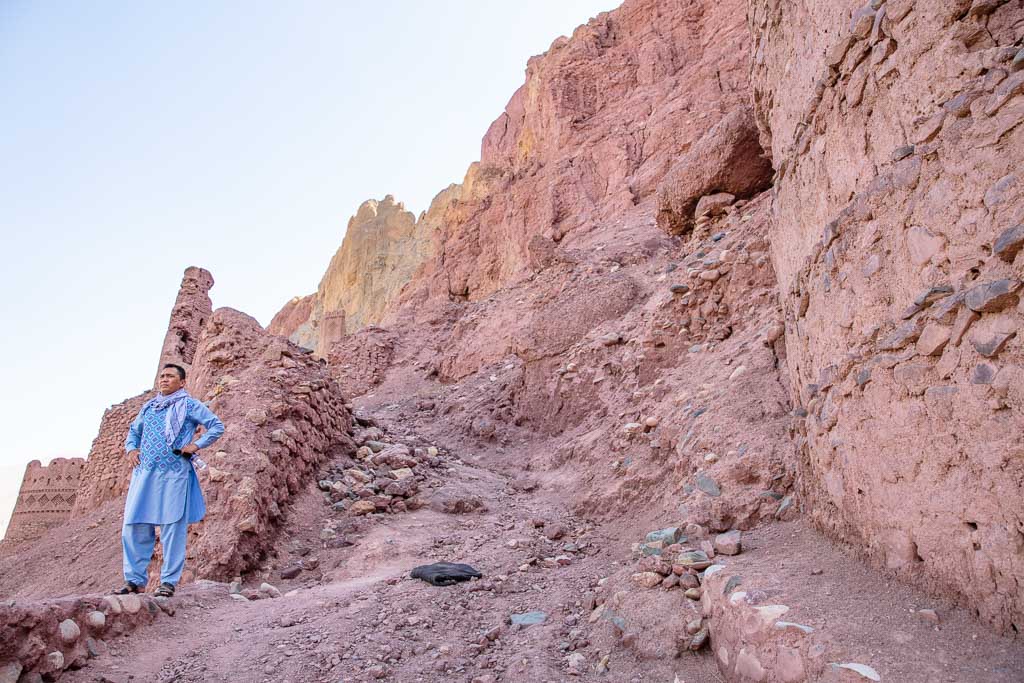
How To Get To Shahr e Zohak
Make sure you already have a Bamyan Entrance Ticket from the Director of Information & Culture (300 AFS) before making the 9 km jaunt out of Bamyan to Shahr e Zohak.
From Bamyan Bazaar it is possible to arrange a driver to Shahr e Zohak and back for around 500-1,000 AFS (plan to haggle) or you can usually hitch with cars headed east from Bamyan (they will usually expect a small payment of about 50 AFS) for the ride out there (ask to be dropped off at Tulpchi Village or Shashpul). At Shashpul there usually are soldiers on duty who will check your ticket. From Shashpul it is about a 1 km walk from here to the village of Kalu where you’ll follow the trail up to Shahr e Zohak.
Read: Shahr e Zohak, Afghanistan’s Red City

Shahr e Gholghola: The City Of Screams
Our final stop was at the famed City of Screams as the last golden light cast down over Bamyan Valley in the late afternoon.
Shahr e Gholghola was Bamyan’s best-guarded fortress under the final Khorezmian ruler- Jalaladin Mingburnu, who would, in the end, be betrayed by his own daughter.
After Genghis Khan’s slaughter of Shahr e Zohak, he led the Mongol Horde to devastate the recently turned Khorezmian villages and cities of Bamyan. Shahr e Gholghola remained Jalaladin’s last stand after several months of being encircled by Genghis and the Horde. The Horde never managed to infiltrate Gholghola until Jalaladin’s daughter, angry at her father over his new marriage to a princess from Ghazni, became engaged to none other than Genghis Khan himself.
This was how Genghis gained access to the fortress he’d spent the last several months trying to intrude. First, he killed Jalaladin’s daughter before laying siege to anyone in his path stopping at nothing until every last resident of Shahr e Gholghola was murdered.
Shahr e Gholghola gained its nickname as the City of Screams from the cries of pain and final screams leading to death as the victims lie moribund in their home.
Wanna know more about the city of screams? Read: Shahr e Gholghola

How To Get To Shahr e Gholghola
Shahr e Gholghola is easy to reach as it’s only a 1.5 km (20 minute) walk from the Bamyan Bazaar. Take a left at the roundabout at the end of Bazaar Road down Sayadabad Street. You will see Shahr e Gholghola to your left. Make sure and have your Bamyan Entrance Ticket from the Director of Information & Culture in case you are asked for it on arrival.

The Crumbling Towers at Chehelburj
Located in the Yawkawlang District sit the remains of the 40 towers of Chehelburj. Believed to date back to the Kushan era reigned during the 2nd-5th centuries the crumbling fortress is a sight to behold. The towers and majority of the complex are thought to have been constructed under the Ghorid Empire in the 12 and 13th centuries.
A short scramble up from a lush, fruit tree-covered village below brings you to the top of the mound that the remaining towers Chehelburj sit atop. You can wander around the ancient towers. Don’t miss the system of caves located to the south on a small plateau- these are likely the remains of Kushan Era Buddhist caves.
A short drive continuing west from Chehelburj toward the borders with Sar e Pol and Ghor Provinces you will find access to a lake called Redchasht, reminiscent of a miniature Band e Amir by turning off from a village along the main dirt road. Redchasht is worthy of a stop if you’re planning to be all the way out here at Chehelburg anyway.
Plan your visit to the 40 towers at Chehelburj
How to get to Chehlburj and where to stay
The easiest way to get to Chehelburj is by arranging transport there and back from Bamyan Town or Yakawlang. Chehelburj is located about 1 hour from Yakawlang and 3 hours from Bamyan Town. Plan for a car from Bamyan Town to cost around 6,000 AFS there and back.
While you can easily make Chehelburj a day trip, it is definitely worthwhile to stay in the village below. A family there does run a small homestay. Plan to pay about 1,500 AFS per person, including dinner and breakfast.
Trekking in Bamyan
Bamyan offers some of the best trekking opportunities in Afghanistan, including the Koh e Baba Mountains, home to Bamyan’s tallest peak Shah Foladi, The Bamyan Plateau, the stand-alone peak in southern Bamyan of Koh e Mekh, and trekking village to village just south of Bamyan Town. Read more about all of the trekking possibilities in Bamyan in my Bamyan trekking guide.
Where To Stay In Bamyan
- Budget: You can sleep at the chaikhanas along the main street in Bamyan for about 300-500 AFS/night per person. Note that some do not have toilets and few have showers, so do ask
- Midrange: Caravanserai Hotel $30-40 USD/night, dbl
- Midrange: Noorband Qala Hotel $40-60 USD/night, dbl
- Splurge: Silk Road Hotel $100 USD/night, dbl

How To Get To Bamyan
At the time of writing, there were no commercial flights to Bamyan, so the only way to visit was by car from Kabul. For those willing to take on the risks of this journey I recommend hiring a private car and guide such as the services of Let’s Be Friends Afghanistan.
It is possible to reach Bamyan now by public transport from Kabul as well as other destinations. Expect prices around 500 AFS depending on your bargaining skills with shared taxis, a bit less for a bus.
Hopefully, commercial flights to Bamyan will again return, when that may happen, nobody knows.
How To Get Around Bamyan Valley
- Buddha Niches: Roughly 1 km north of the Bamyan Bazaar. Walking here will only take about 15 minutes.
- Shahr e Gholghola: Easily reached on foot from the Bamyan Bazaar. Walk to the end of Bazaar Road and head left at the roundabout onto Sayadabad Street where you’ll find Shahr e Gholghola on the left. The walk is 1.5 km and should take about 20 minutes.
- Shahr e Zohak: Hire a taxi from the Bamyan Bazaar for about 500-1,000 AFS roundtrip. There is a shared taxi that does the journey for 150 AFS each way from the Bamyan Bazaar.
- Dara e Ajdahar: Dara e Ajdahar is 7 km west of Bamyan Bazaar and can easily be visited on foot. Those not interested in walking can hire a taxi for about 500 AFS roundtrip, or try to grab a shared taxi to the village of Dara e Ajdahar for 30 AFS (though they leave erratically).
- Band e Amir: It is possible to catch a shared taxi to Band e Amir for 250 AFS each way. You can also visit by hiring a taxi for the day, which will set you back about 1,500 AFS.
Have Any Questions About Visiting Bamyan?
Ask in the comments section below.


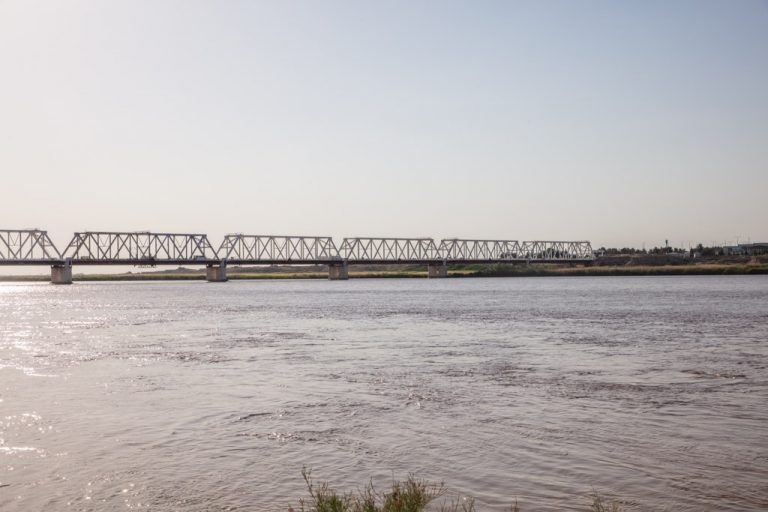
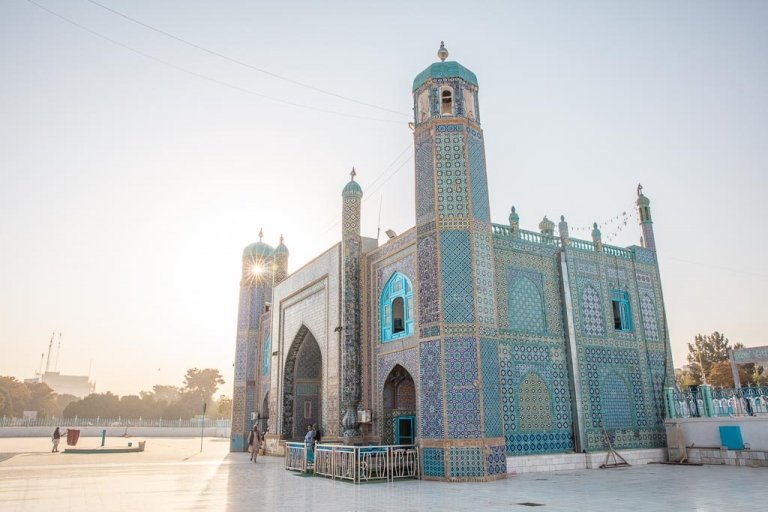
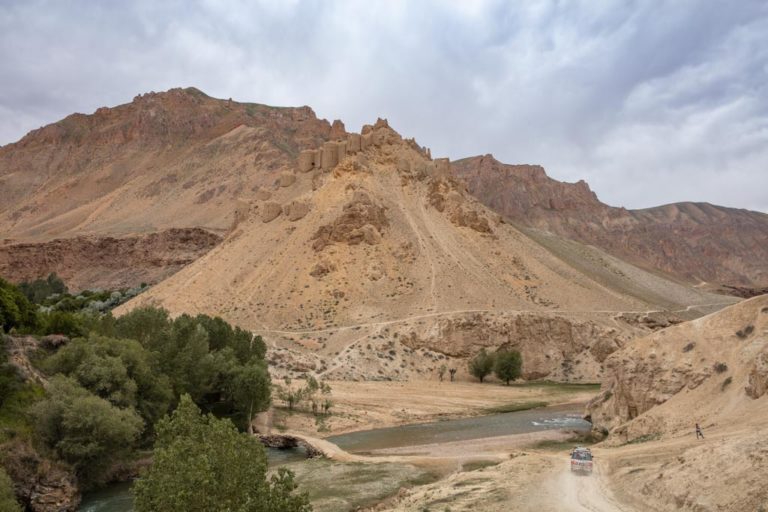
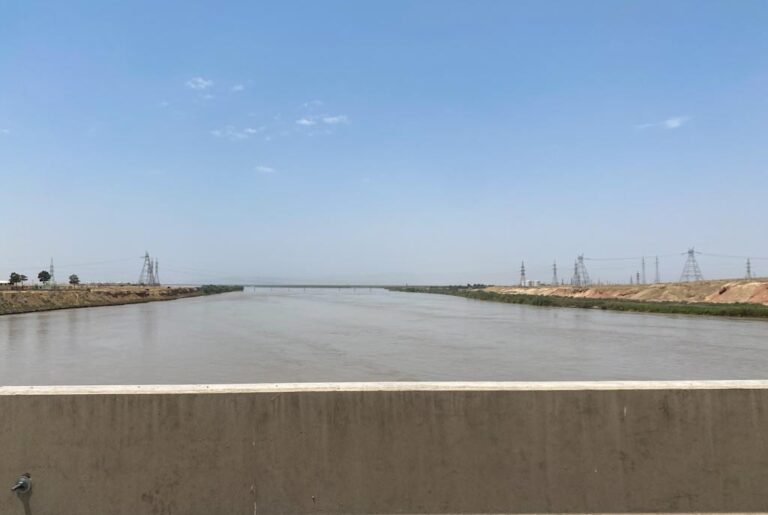


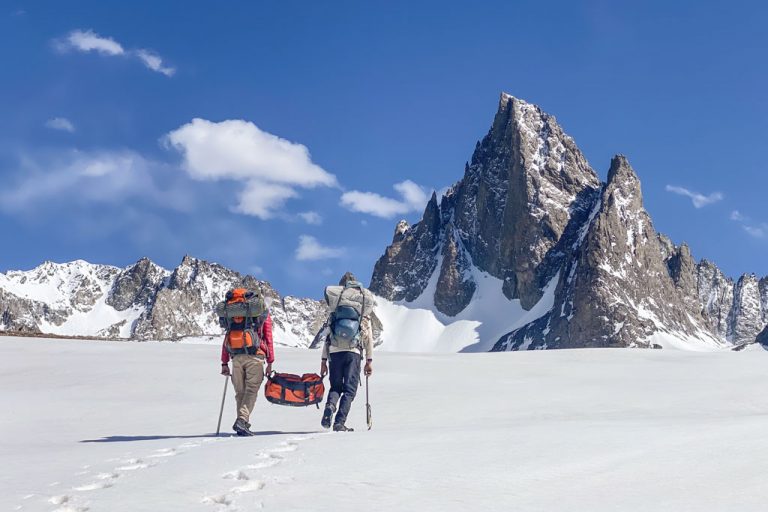
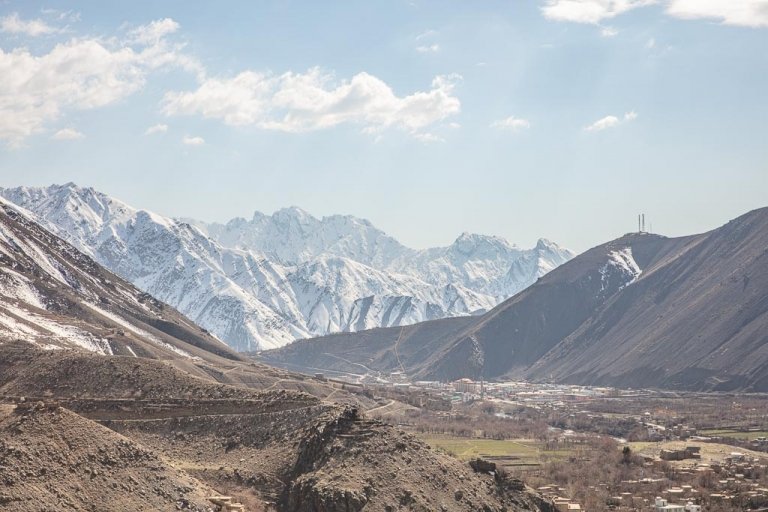


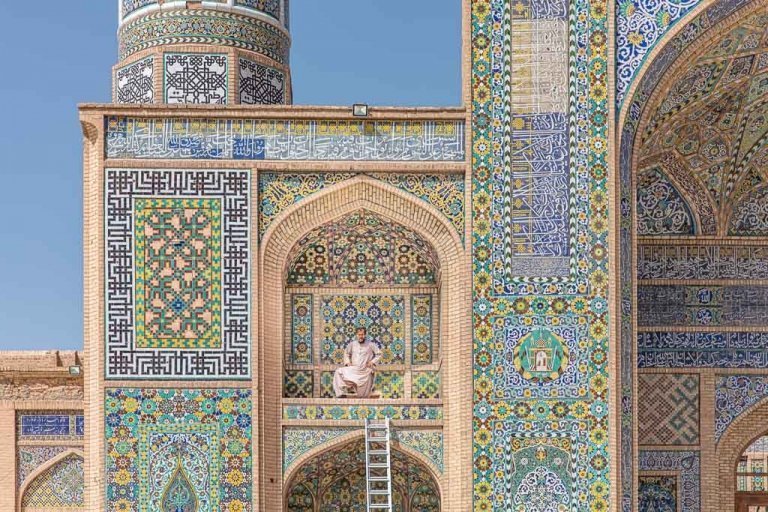


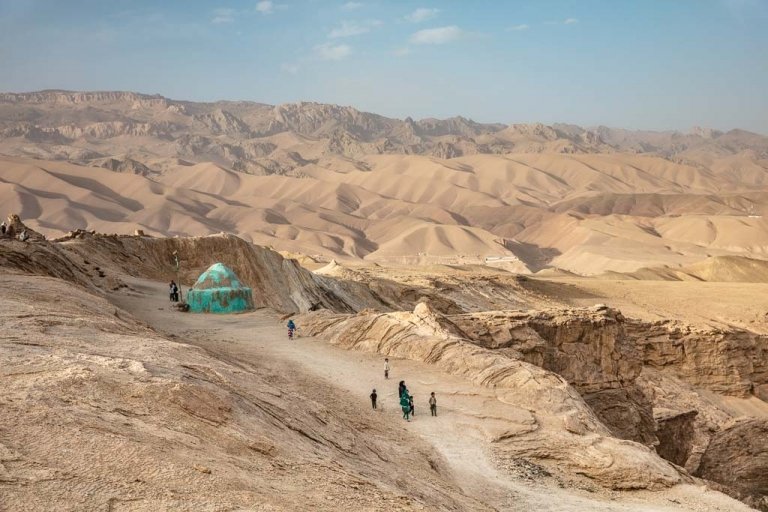

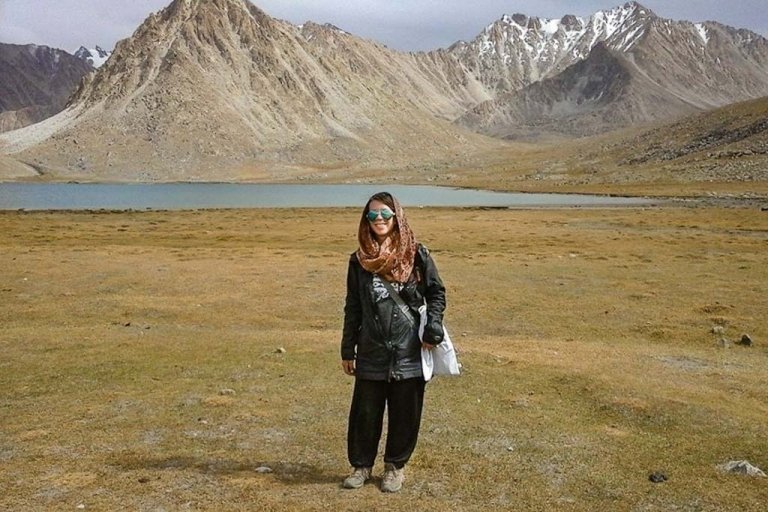
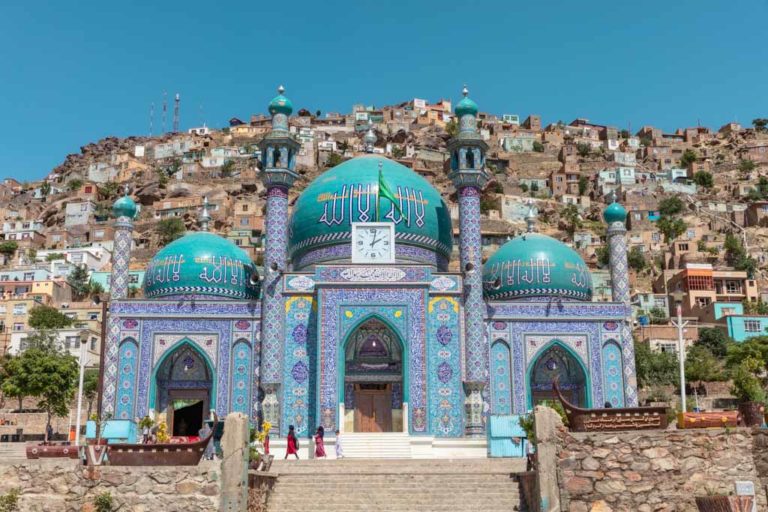

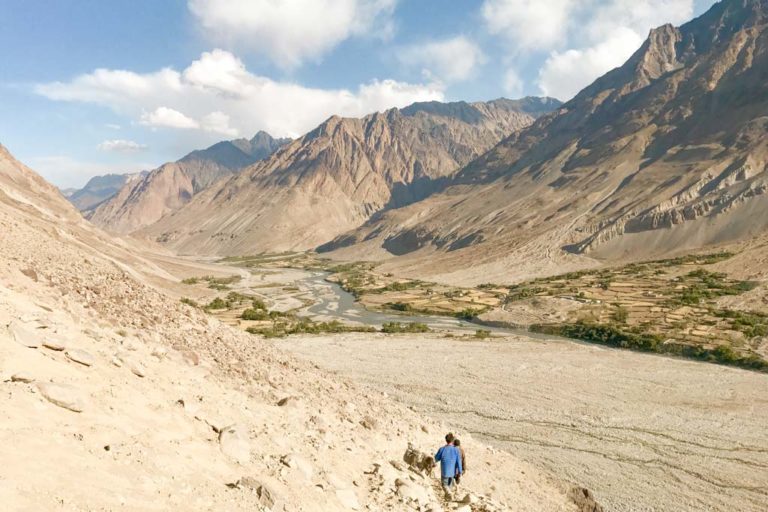
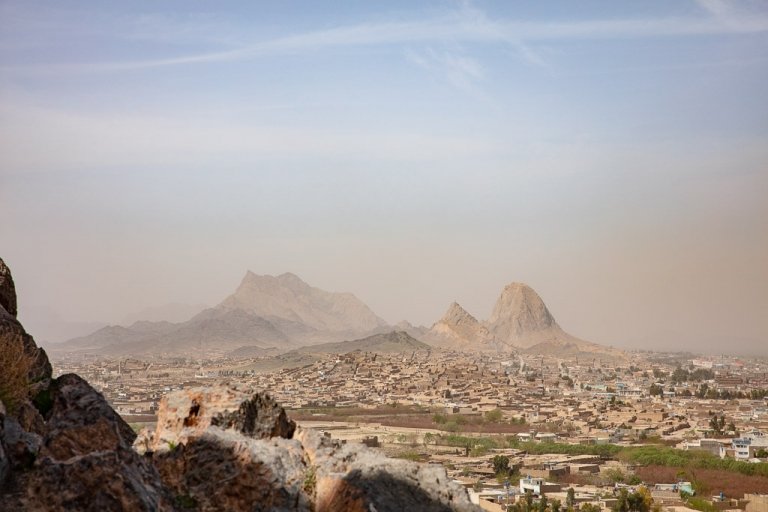
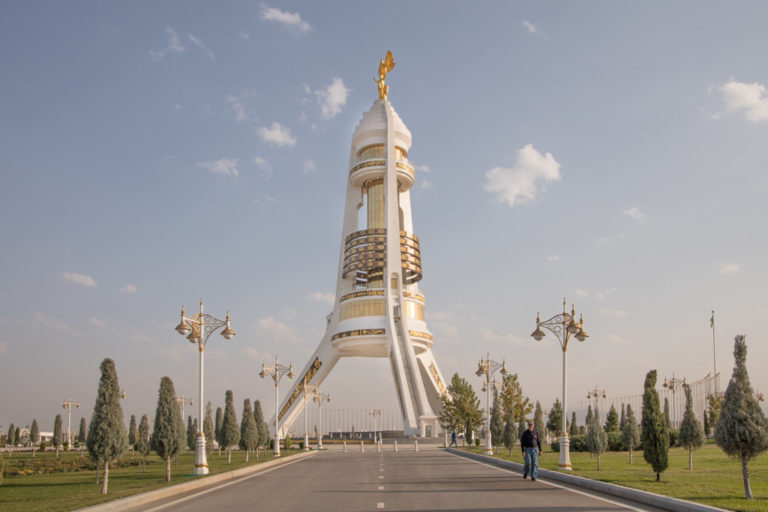
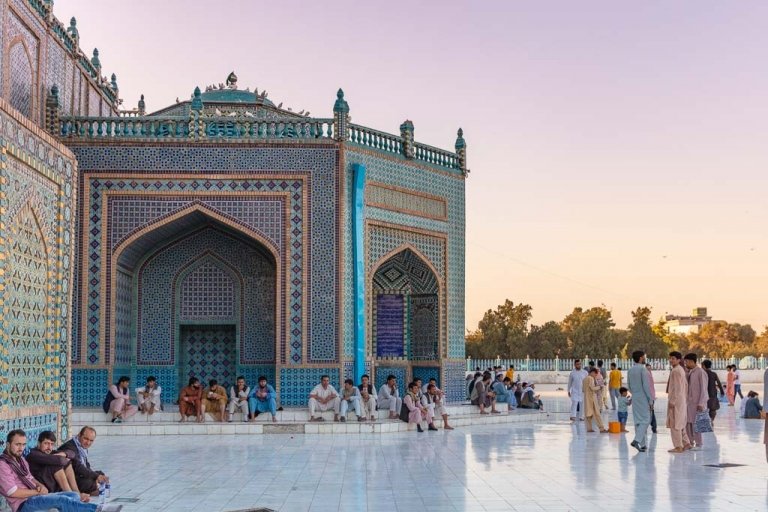

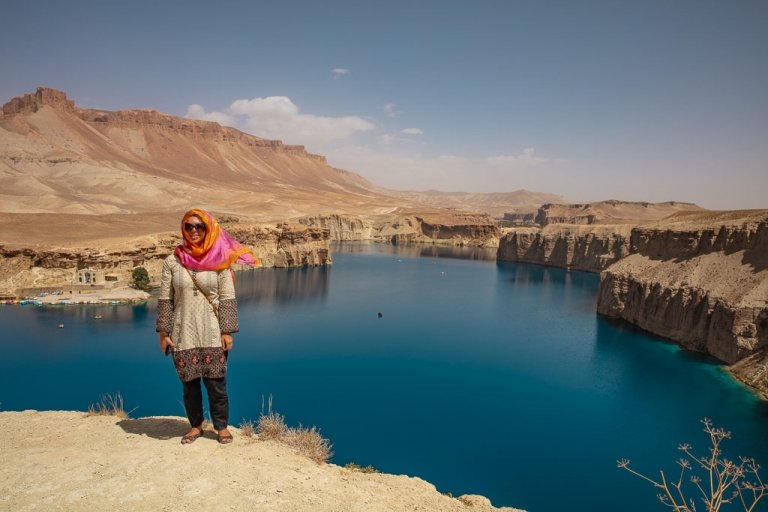
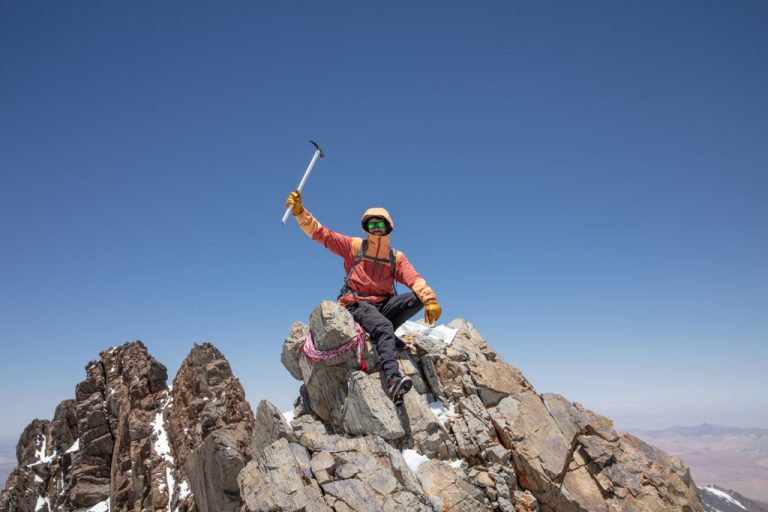
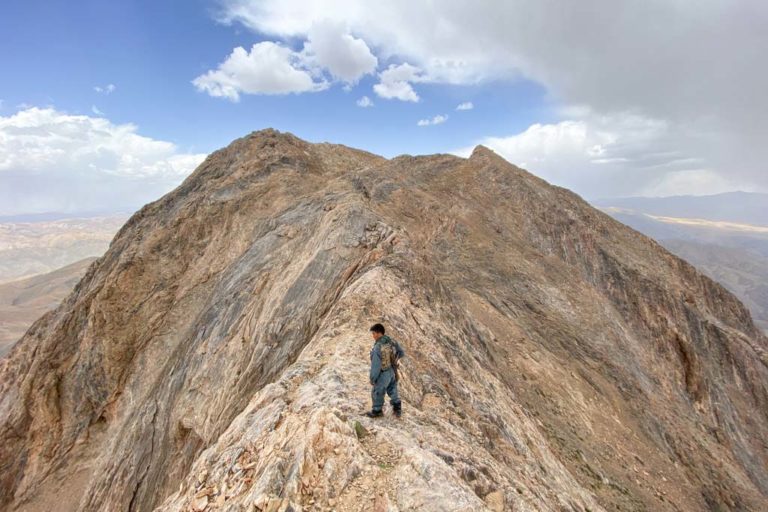


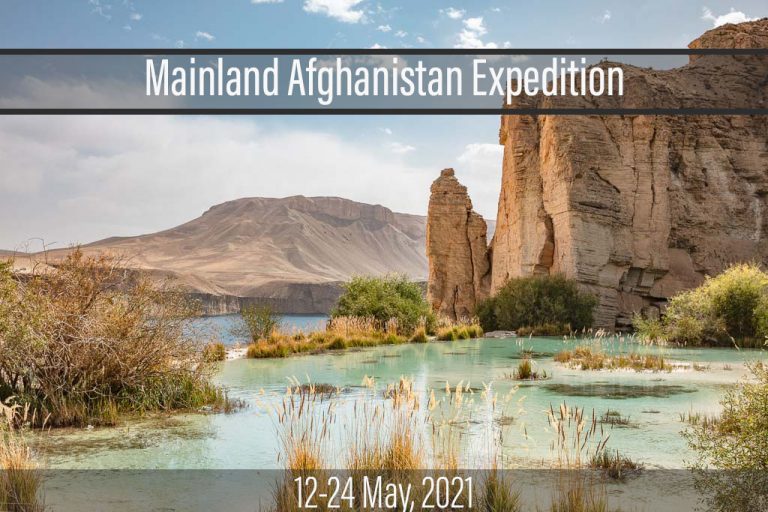

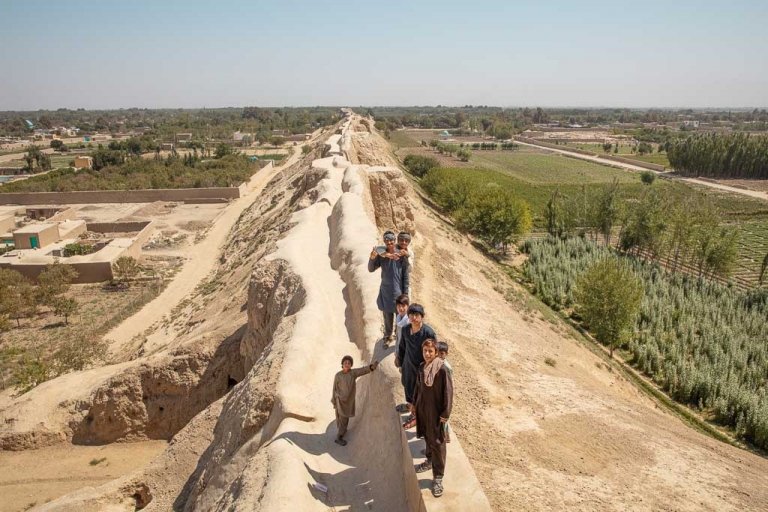
Hey there,
I’m planning to go this summer! Do you have any idea if there are flights now to Bamiyan? And also, how safe is it to go by road as a tourist ? (I’m an afghan but raised abroad).
Thank you 🙂
Still no regular commercial flights. It’s fine enough at the present moment to go overland from Kabul, Mazar e Sharif, etc.
Hello, I wanted to let you know that PacTec has scheduled charter flights from Kabul Airport to Bamyan on Saturdays and Wednedays.
https://flypactec.org/
I was informed last week that the Pactec flights (are still) only available to NGO and aid workers.
Cant help but asking if you tried to visit Chilsitoon cave?
I looked for it 10 years ago and found the entrance but it was closed off with metal bars. I’m convinced theres some funky shit in the like a lost civilisation or something 🙂
I haven’t been in the cave…. makes me wonder what’s in there too!
The greatest tour operator company in Kabul, Afghanistan, is Kite Travel Boutique. It is the most straightforward method for realizing “your dream come true.” If you want to travel, explore and discover Afghanistan; Bamyan Buddhas tour, Jami Ghor Tour, Herate Tour, Kite team is here to take care of you.